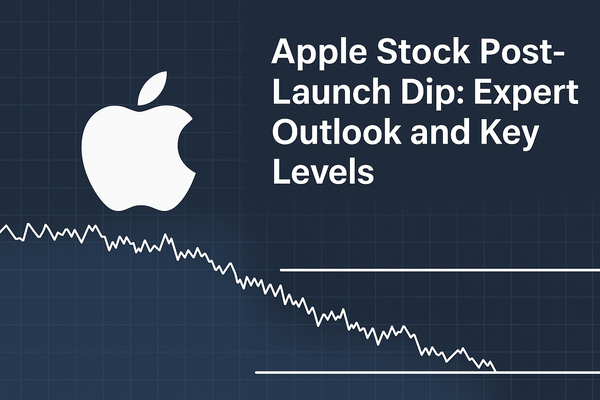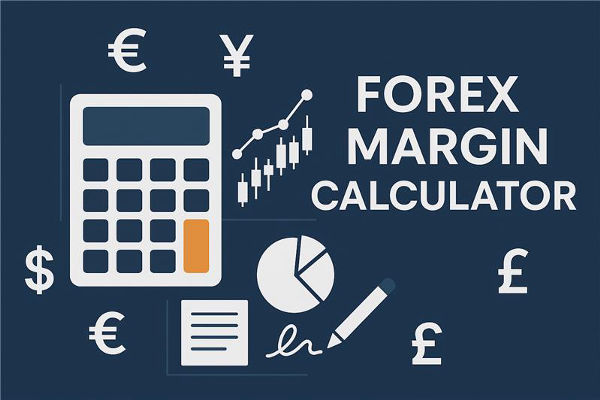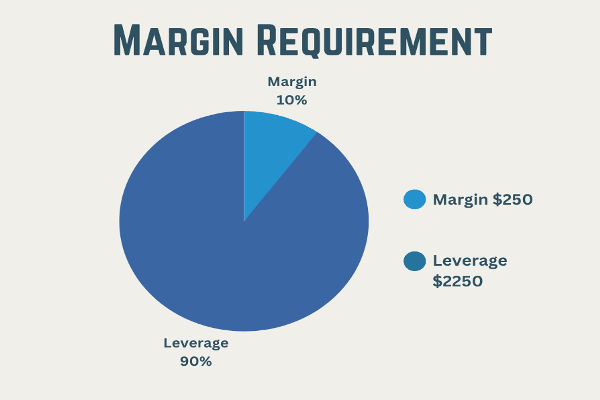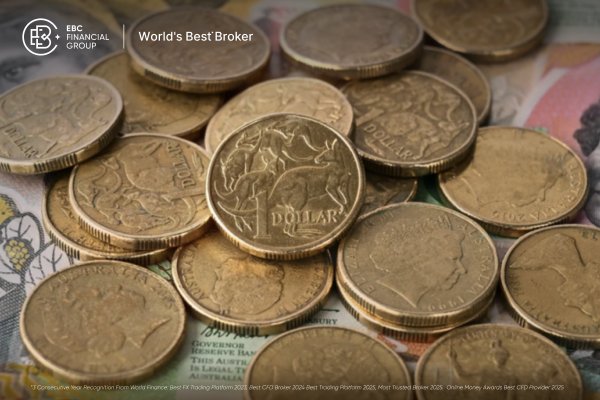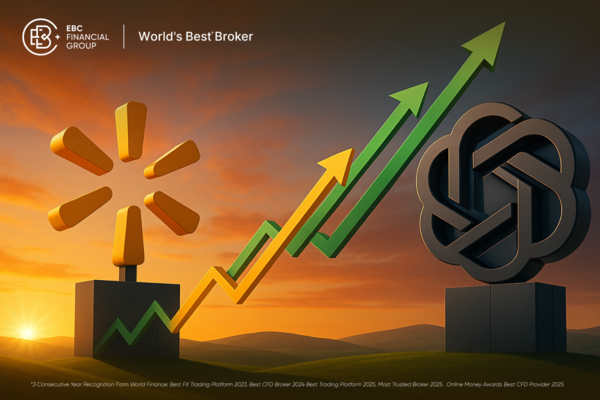What is margin trading in simple terms? At its core, it is the act of borrowing money from your broker to buy more of an asset than you could afford with your own funds alone. This borrowed money allows you to take a larger position in the market, increasing both your potential profits and losses. Margin trading is widely used in stock markets, forex, and even cryptocurrency trading.
In a basic Trading Account, you can only invest what you deposit. But with a margin account, your broker provides leverage by loaning you additional capital. This gives you the chance to trade a greater volume than your actual cash balance allows. However, it also means you're exposed to the risk of owing more than you initially invested.
How Does Margin Trading Work?
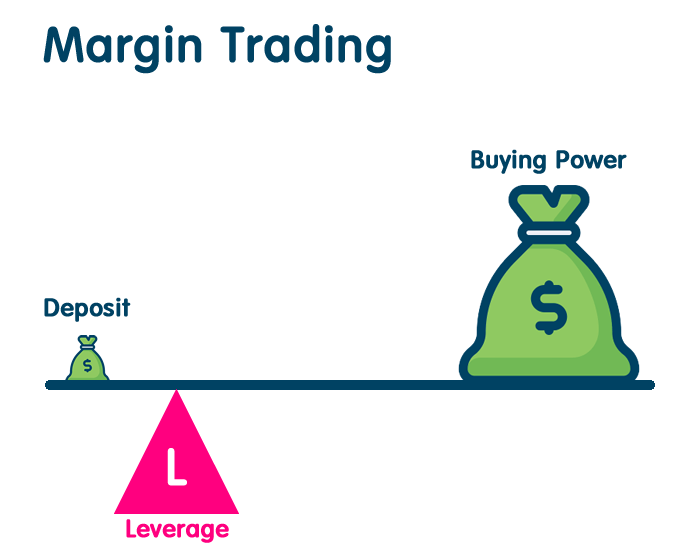
To explain what is margin trading in simple terms, imagine you have $1,000 and want to invest in a stock priced at $100 per share. Without margin, you can only buy 10 shares. But with a 2:1 margin, your broker lends you an extra $1,000, allowing you to buy 20 shares. If the stock price rises, your gains are doubled. But if it falls, your losses are also doubled. That's the essence of margin trading: amplified outcomes in both directions.
The funds you borrow are not free. Your broker will charge interest on the borrowed amount. These charges can eat into your profits or increase your losses over time. So when asking what is margin trading in simple terms, remember that it is not just about gaining more exposure, but also about accepting added costs and risks.
Why Do Traders Use Margin?
Traders often use margin to increase their buying power and potentially generate higher returns on their capital. For short-term trades, the added exposure can be useful when prices move quickly in the desired direction. Understanding what is margin trading in simple terms includes recognising that the goal is to magnify results using borrowed funds.
For example, day traders or swing traders may use margin to enter and exit positions more frequently, aiming to profit from short-term price fluctuations. Margin allows them to commit more to each trade without needing to deposit the full amount upfront.
Risks Involved in Margin Trading
When considering what is margin trading in simple terms, it's critical to understand that losses can exceed your initial investment. If the market moves against your position, you may face a margin call. This is when your broker requires you to deposit more funds to maintain your position. If you cannot meet the margin call, your position may be closed automatically to cover the shortfall.
Additionally, market volatility can trigger rapid losses. Even a small adverse move in price can result in a significant loss due to the leveraged nature of the trade. Margin trading is not suitable for everyone. It requires close monitoring, solid risk management, and a clear understanding of how much you are risking relative to your account size.
What Triggers a Margin Call?
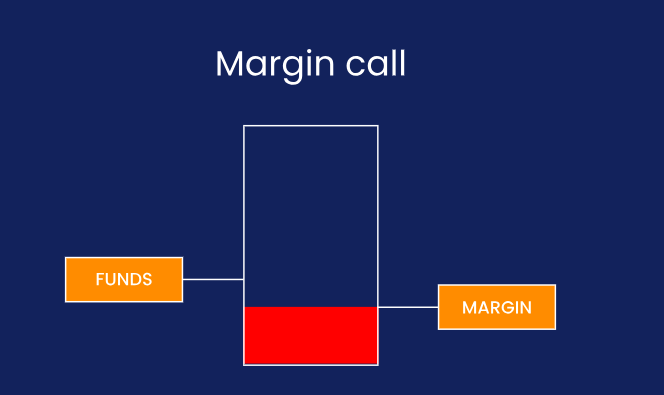
To fully grasp what is margin trading in simple terms, you need to know about margin calls. A margin call occurs when your account equity falls below the maintenance margin level set by your broker. This can happen due to market losses, additional positions being opened, or changes in margin requirements.
When a margin call is issued, you must either deposit more cash or sell some of your assets to restore the balance. Failing to respond to a margin call can result in forced liquidation, where the broker closes your positions without notice to protect themselves from further loss.
This is why traders are advised to use stop-loss orders and maintain a cushion above the minimum required margin. It's not just about entering the trade, but also about being able to stay in it when markets move unfavourably.
Margin Trading Requirements
Each broker sets its own rules for margin accounts. To start, you'll usually need to apply for a margin account and meet a minimum deposit requirement. Once approved, you'll be allowed to borrow a certain percentage of your trade size. This is known as the margin ratio.
Knowing what is margin trading in simple terms also means understanding leverage ratios. A 2:1 ratio means for every dollar you invest, you can borrow another dollar. Some brokers may offer higher leverage, especially in forex trading. However, regulators often limit maximum leverage for retail traders to reduce the risk of major losses.
When Does Margin Trading Make Sense?
Margin trading can be effective if used strategically. If you have strong conviction about a short-term trade, and you manage risk properly, using margin can help you take fuller advantage of market opportunities. The key is discipline and experience.
However, if you are uncertain about market direction or trading in highly volatile conditions, margin can become dangerous. Knowing what is margin trading in simple terms also means accepting that not every trader benefits from it, especially those new to the market or prone to emotional decision-making.
It is also not ideal for long-term investors who are looking for steady growth rather than rapid gains. The interest costs associated with borrowing make long holding periods expensive on margin.
Should Beginners Try Margin Trading?
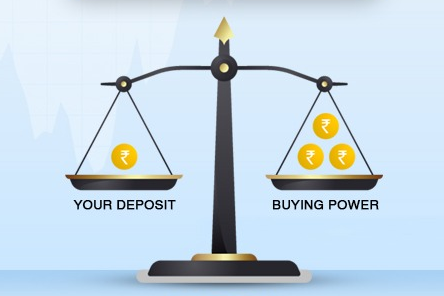
Most financial educators recommend that beginners avoid margin trading until they have more experience. While the appeal of increased profits is strong, the risks are equally serious. Learning what is margin trading in simple terms should also come with a clear warning: you can lose more than you deposit if trades go wrong.
Beginners are often better off starting with cash accounts, focusing on strategy, discipline, and emotional control. Once those skills are developed, margin can be explored cautiously, starting with small positions and tight risk controls.
Final Thoughts
What is margin trading in simple terms? It is the use of borrowed funds from a broker to control a larger trading position than your own capital would allow. It's a way to increase your potential returns, but also your potential losses. Traders use it to magnify the impact of market moves, but this amplification works in both directions.
Margin trading is a powerful tool, but it must be used with care. If you choose to trade on margin, it is crucial to monitor your positions closely, understand your broker's terms, and prepare for the possibility of margin calls. Used wisely, it can boost trading opportunities. Used recklessly, it can wipe out your account.
Disclaimer: This material is for general information purposes only and is not intended as (and should not be considered to be) financial, investment or other advice on which reliance should be placed. No opinion given in the material constitutes a recommendation by EBC or the author that any particular investment, security, transaction or investment strategy is suitable for any specific person.










